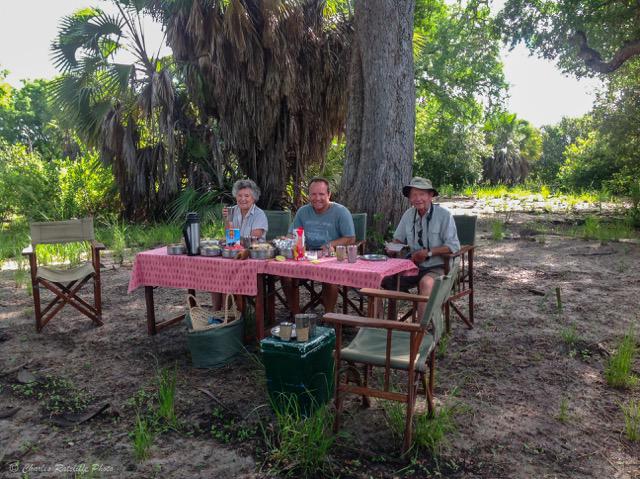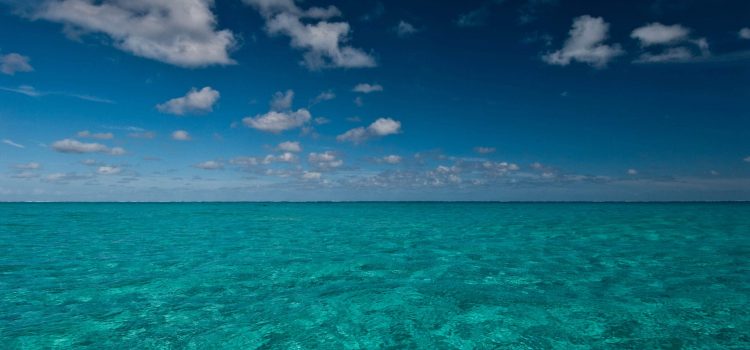Editor’s note: Charlie Ratcliffe is one of Cape Town’s best tour guides but truth be told his heart is happiest in the wilderness. Here is a recent account of an enviable Tanzania safari.
Since a child, I had heard of a vast expanse of African wilderness where the great herds still roam by the thousands. Finally, in March this year, I fulfilled my dream. It is called the “endless plain”, better known as “Serengeti”.

Tanzania is food for the bush lover’s soul in that it is blessed with a tremendous array of national parks. Our journey began in Arusha – the gateway to many of these Tanzania safari tours. We were very comfortable at Rivertrees Country Inn situated on the outskirts of Arusha and 15 mins from Arusha National Park. Arusha is a bustling centre in this region, and my advice would be to stay on the outskirts if you have to overnight. The nearby national park is a real gem and well worth a visit if you have the time. It is nestled up against the magnificent extinct volcano of Mt Meru, and has a combination of forest and lakes. The highlight for us was the great view of iconic Kilimanjaro in the distance on a perfectly clear day.

From here, we flew into the southern Serengeti. The great wildebeest migration of East Africa is a constant search for fresh grazing as they follow the rains. The famous “crossing” of the Mara River (in the north) is well known and documented and therefore a major tourist attraction, but at this time of the year, the herds are situated in the south. Quieter, away from the crowds, beautifully wooded and still close to the great plains – this is where you will find Kimondo Camp. Nestled under Acacia trees overlooking a clearing, you literally have the migration kicking up dust up against the side of your tent. The camp is simple but comfortable, and you really feel part of everything that is unfolding around you. Richard and his team were superb hosts, and without doubt, this was our favourite camp.

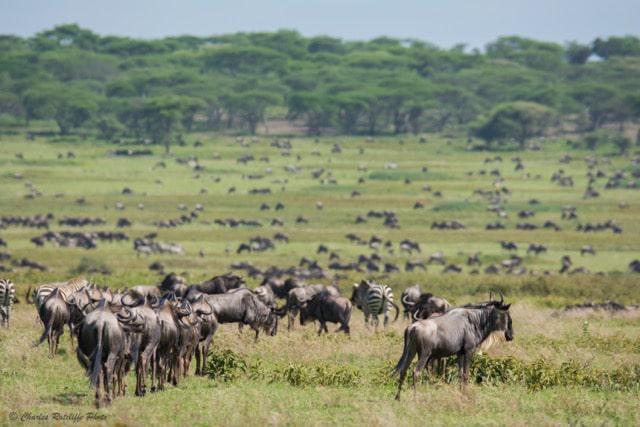
Wildlife abounds, and there is the amazing juxtaposition of predator and prey in such close proximity to each other, like nowhere else I have experienced on the continent. Perhaps it’s the abundance of prey that makes everyone more at ease, but you will have enormous herds of wildebeest or zebra, walk within 20 yards of resting hyena! The only absentees on this safari canvas are elephant and buffalo (both relatively rare for the region) but you really don’t notice. The spectacle of the migration is like nothing I have experienced. My parents had seen the migration once before during the famous “crossing” in the north, and both agreed, this was better for those who do not want the crowds and the intensity which the northern areas can produce. That being said, this was the very region to which we moved onto the next day.
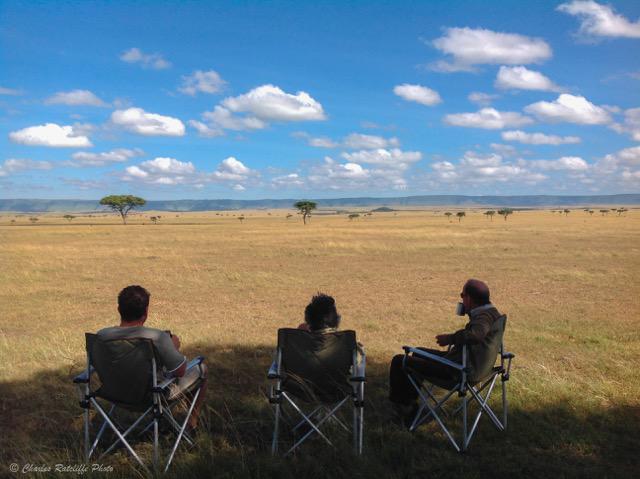
Sayari Camp is situated close to the Mara River surrounded by granite outcrops or “koppies”. At this time of year, the camp is peaceful and relaxing compared to the frenetic madness of the crossing months (August/September). The hidden gem is the Lamai Wedge – it is literally wedged between the Mara River and the Kenyan border and has to be just about the prettiest African landscape that I have ever seen. Grassland is studded with classic Acacia tree species to create a canvas that is quintessential East African. Hyena, lion and cheetah compete for the rich variety of plains game which includes topi and Thompson’s gazelle (we counted over 10 species at one breakfast sitting!). The camp is very comfortable and superbly managed by Roger and Annabel. Our guide, Colson, was certainly one of the best in the business – very professional and certainly cutting edge in terms of knowledge.

The last part of our journey was down to the Selous Game Reserve – the largest in Africa. We stayed at Impala Camp, which sits right on the banks of the Rufiji river. The camp was adequate, but unfortunately heavy early rains had greened everything up and dispersed many of the animals. It was also extremely hot (47‘C or 115 Fahrenheit). The vegetation was stunning with decent birding, but with so much water around, the animals were hard to come by. It would be unfair to judge the Selous at this time, but it would be fair to say that if you are thinking of going, peak season (July/August/September) would certainly be the time to go.
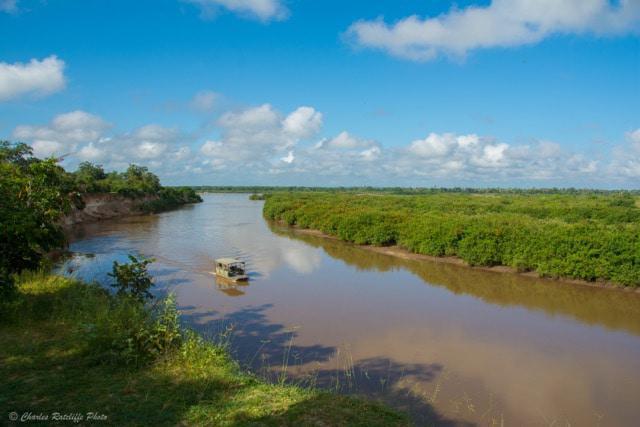
All in all, an amazing trip. As a footnote, we were booked to go to the Ruaha Game Reserve, but due to heavy rains, this portion was cancelled. What a brilliant excuse to return, let the planning begin! Find me here- Charlie Ratcliffe
